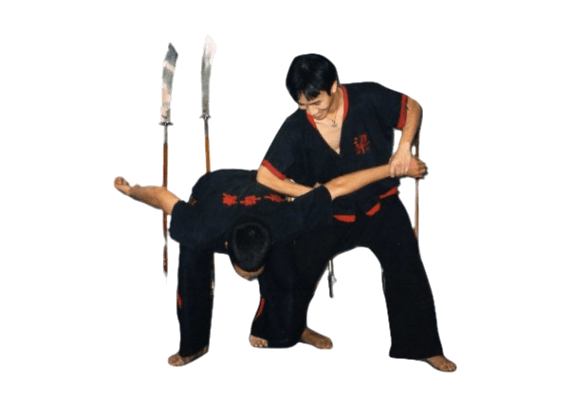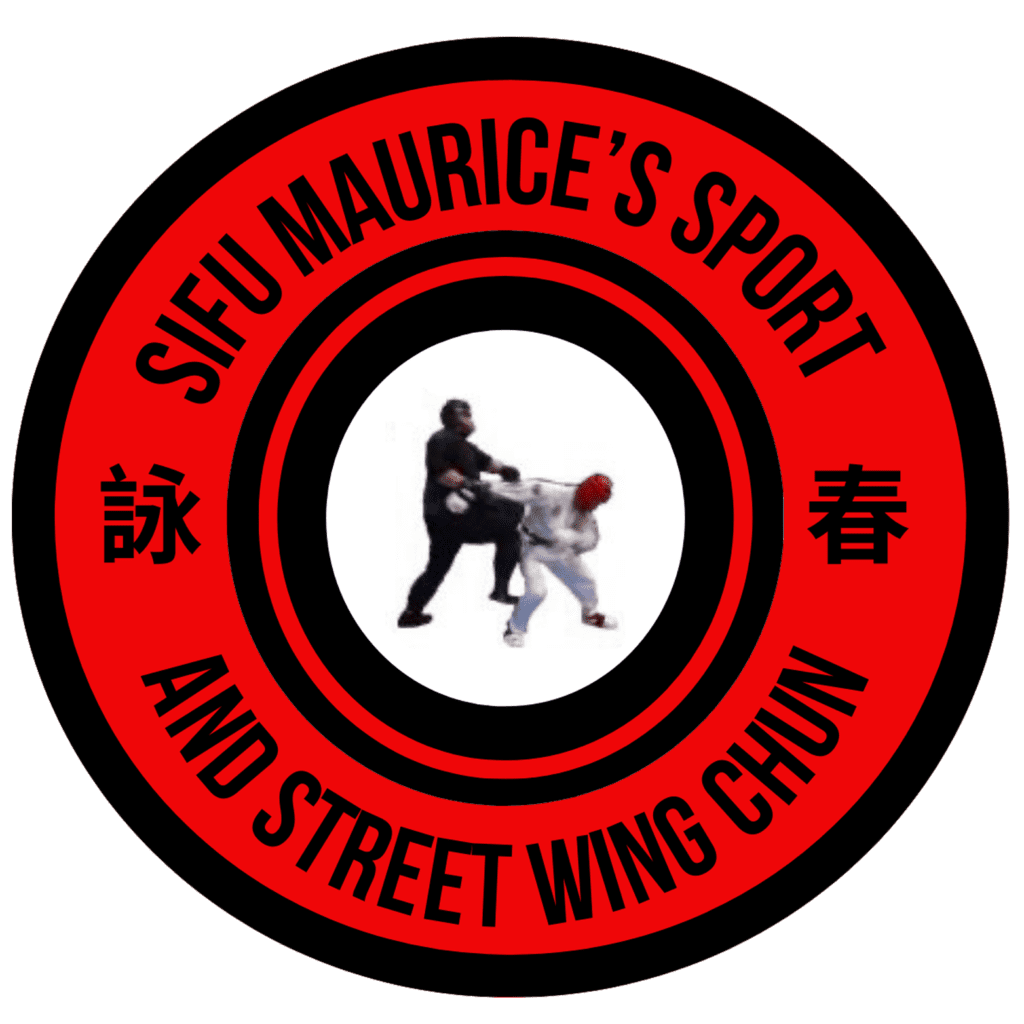The Science Behind Wing Chun‘s Principles: Exploring Anatomy and Physics in Martial Arts
By Maurice Novoa a master under the Yuen Kay Shan, Ip Man and Pan Nam lineages.
Introduction
Wing Chun Kung Fu is a martial art that emphasizes efficiency, practicality, and
scientific principles. In this article, we will delve into the science behind it’s principles by exploring the anatomy and physics that underpin this unique fighting style. Understanding the scientific aspects of the style enhances practitioners’ knowledge and application of its techniques.
Understanding Wing Chun Principles
Centerline Theory and its Application
One of the fundamental principles is the Centerline Theory. It focuses on attacking and defending along the centerline of the body, which offers the shortest and most direct path to the opponent’s vital targets. Understanding the concept of the centerline and applying it effectively allows practitioners to control the flow of combat and maintain advantageous positioning.
Economy of Motion: Using Minimal Effort
Wing Chun emphasizes the concept of economy of motion, aiming to achieve maximum effectiveness with minimal effort. By using efficient techniques and avoiding unnecessary movements, practitioners conserve energy and execute techniques with speed and precision. This principle is rooted in the understanding of biomechanics and optimizing the body’s mechanics for optimal performance.
Simultaneous Defense and Attack
Another key principle of Wing Chun is the concept of simultaneous defense and attack. Rather than focusing solely on defensive or offensive actions, practitioners aim to blend both aspects seamlessly. This principle relies on precise timing, coordination, and the ability to transition fluidly between defensive and offensive techniques, maintaining constant pressure on the opponent.
Understanding Energy and Structure in Wing Chun
Wing Chun utilizes the concept of energy and structure to generate power and maintain stability. Practitioners learn to direct and control their energy efficiently by aligning their body structure and employing proper body mechanics. This understanding enables them to generate power from the ground up, ensuring stability and maximizing the effectiveness of their techniques.
Anatomy in Wing Chun
Body Alignment and Structure
Proper body alignment and structure are vital in Wing Chun. Practitioners focus on maintaining a balanced stance and correct posture to optimize stability, mobility, and power generation. Aligning the body correctly enhances the transmission of force and allows for efficient weight transfer during techniques.
Joint Mobility and Stability
Wing Chun practitioners pay attention to joint mobility and stability. They develop
flexibility and strength in the joints to achieve fluid movements and avoid vulnerability during combat. By maintaining stable joints, practitioners can generate power effectively while minimizing the risk of injury.
Muscle Engagement and Relaxation
In Wing Chun, the coordination between muscle engagement and relaxation is crucial. Practitioners learn to engage the necessary muscles to generate power while keeping the rest of the body relaxed. This balance allows for efficient energy transfer and minimizes unnecessary tension, enabling quick and explosive movements.
Importance of Core Strength
A strong core is essential in Wing Chun as it provides stability, balance, and power generation. The core muscles, including the abdominals, back, and hips, form the foundation for generating force and maintaining stability during techniques. Developing core strength enhances overall performance and prevents unnecessary strain on other muscle groups.
Physics in Wing Chun
Momentum and Impulse in Strikes
Wing Chun utilizes the principles of momentum and impulse in strikes. By understanding the transfer of momentum from the body to the target, practitioners can deliver powerful and effective strikes. The application of impulse, combining speed and force, maximizes the impact on the opponent.
Balance and Stability in Footwork
Footwork plays a significant role in maintaining balance and stability in Wing Chun. Practitioners utilize proper footwork techniques, such as pivoting, stepping, and weight shifting, to maintain stability while transitioning between techniques. Balancing the body’s center of gravity optimizes stability and enables quick and agile movement.
Understanding Leverage and Force Distribution
Leverage is a key principle. By utilizing leverage, practitioners can overcome larger and stronger opponents by redirecting their force and exploiting their weaknesses. Understanding how to manipulate leverage and distribute force efficiently enables Wing Chun practitioners to control the outcome of engagements.
Utilizing Angular Momentum in Techniques
Angular momentum is harnessed in various techniques in Wing Chun. By utilizing rotational movements, practitioners can generate additional power and speed in their strikes. Understanding the principles of angular momentum allows for efficient technique execution and enhances the effectiveness of attacks and defenses.
Conclusion
The principles of Wing Chun Kung Fu are rooted in a scientific understanding of anatomy and physics. By exploring the anatomy of the body and the physics behind the techniques, practitioners can deepen their knowledge and refine their skills. Understanding how the body moves, how energy is generated and transferred, and how physics concepts apply to martial arts enables practitioners to apply this style’s principles more effectively.



